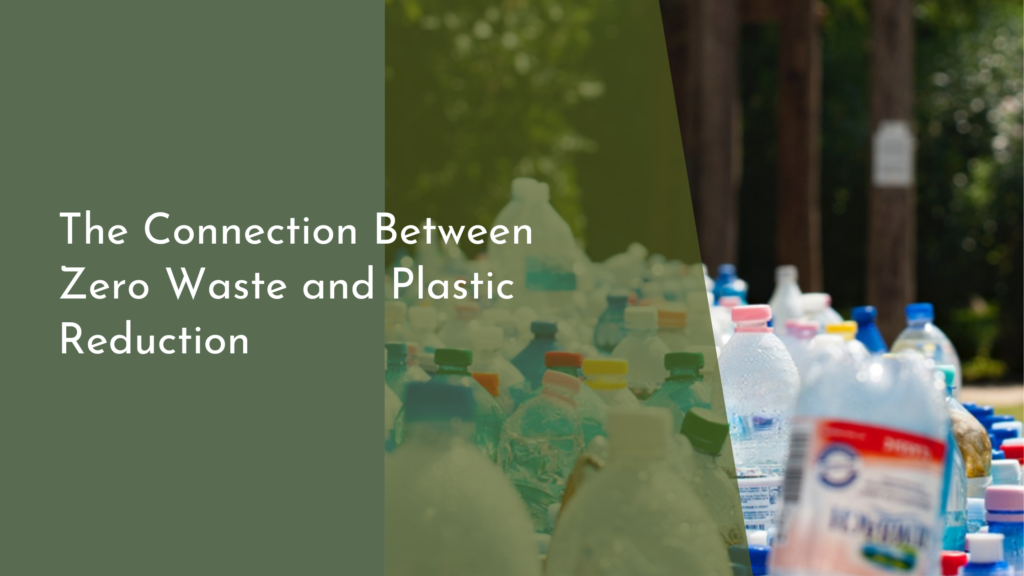The Connection Between Environmental Education and Health
In recent years, the awareness of the interconnectedness between our environment and personal well-being has grown significantly. As more studies illuminate the profound effects of nature on health, the role of environmental education in fostering healthier lifestyles is becoming increasingly evident. This article explores the vital link between environmental education and health, highlighting the numerous ways in which understanding and engaging with our natural surroundings can lead to improved physical and mental well-being.
Understanding Environmental Education’s Impact
Environmental education plays a crucial role in shaping perceptions and behaviors towards nature. It empowers individuals with the knowledge and skills necessary to make informed decisions about their environment. By raising awareness about the impact of human activities on the planet, environmental education encourages sustainable practices that ultimately contribute to healthier ecosystems. This knowledge is not just academic; it cultivates a sense of responsibility and stewardship, motivating individuals to take actions that protect the environment and, by extension, their health.
Moreover, environmental education fosters a deeper connection with nature, which has been shown to enhance emotional well-being. Through experiential learning opportunities such as field trips, nature walks, and hands-on projects, individuals develop a greater appreciation for the natural world. This connection nurtures a sense of belonging and reduces stress, leading to improved mental health. By instilling values of conservation and sustainability, environmental education not only benefits the planet but also enriches the quality of life of those who engage with it.
Exploring the Health Benefits of Nature
The health benefits of spending time in nature are well-documented, with numerous studies highlighting its positive effects on both physical and mental health. Physically, exposure to natural environments can reduce blood pressure, lower heart rates, and decrease the risk of chronic conditions such as obesity and diabetes. The simple act of walking in a park or forest can boost immune function and improve overall physical fitness, proving that nature is a powerful ally in maintaining a healthy lifestyle.
Mentally, nature serves as a balm to the stresses of modern life. It offers a reprieve from the constant bombardment of technology and urban noise, promoting relaxation and mental clarity. Time spent in natural settings has been linked to reductions in anxiety, depression, and symptoms of ADHD. The restorative power of nature can significantly enhance mood and cognitive function, making it an invaluable resource for mental health maintenance. By understanding and embracing these benefits, individuals can harness the healing potential of nature to support their overall well-being.
Integrating Wellness into Education Programs
Integrating wellness into education programs involves creating curricula that emphasize the symbiotic relationship between environmental awareness and personal health. Schools and educational institutions can incorporate outdoor activities, such as gardening projects and nature exploration, into their programs to encourage students to interact with and learn from their natural surroundings. This hands-on approach not only enriches the learning experience but also promotes physical activity and fosters a lifelong appreciation for the environment.
Furthermore, wellness-focused education programs can teach students valuable skills in mindfulness and stress management, which are essential components of holistic health. By including practices such as yoga, meditation, and reflection in school settings, educators can help students develop tools to cope with life’s challenges. These practices, when combined with an understanding of environmental stewardship, create a comprehensive educational framework that nurtures both mind and body. By prioritizing wellness in education, we can equip future generations with the knowledge and resilience needed to thrive in an ever-changing world.
Conclusion: A Healthier World Through Learning
Environmental education is a catalyst for change, providing individuals with the knowledge and motivation to lead healthier, more sustainable lives. By understanding the profound connection between the environment and personal well-being, we can make informed choices that benefit both ourselves and the planet. Environmental education equips us with the tools to address the pressing challenges of our time, from climate change to mental health crises, fostering a healthier, more resilient society.
In conclusion, the integration of environmental education into our daily lives holds the promise of a healthier world. By fostering an appreciation for nature and teaching sustainable practices, we pave the way for future generations to enjoy a harmonious relationship with the environment. As we embrace the health benefits of nature and prioritize wellness in education, we create a brighter future where learning and well-being go hand in hand. Together, we can build a world where education not only enlightens but also heals and nurtures our bodies and minds.

